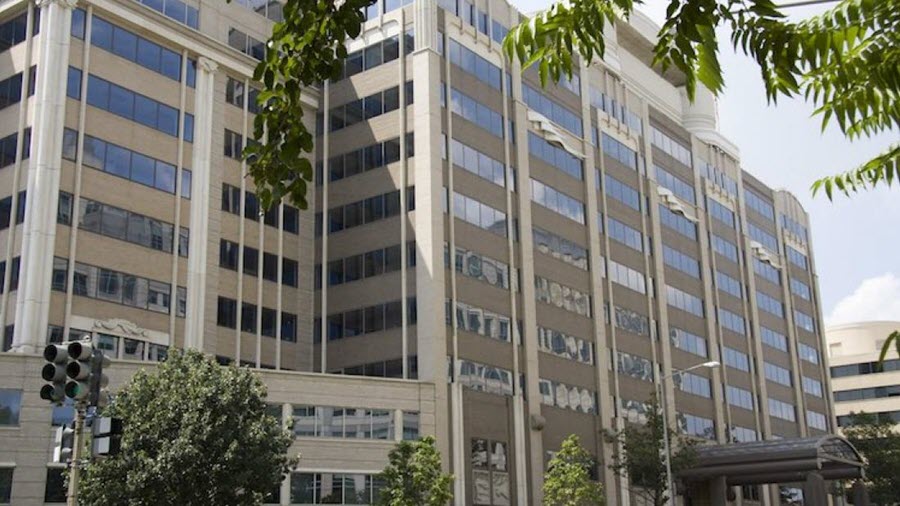FCC Votes to Divide 5.9 GHz to Help Conquer 5G

The FCC has voted unanimously to propose freeing up the majority of the 5.9 Ghz band for WiFi and other unlicensed uses, looking to help create an unlicensed wideband WiFi superhighway to 5G.
The 5.9 band had been reserved for dedicated short-range communications (DSRC) between vehicles (V2V) but that technology has been slow to roll out and passed in the fast lane by newer technologies, like C-V2X [Cellular Vehicle-to-Everything]
The proposal was a shift from the FCC's initial idea to allow V2V and unlicensed to share the same spectrum.
Related: Pai Proposes Dual-USe 5.9 GHz Band
The FCC is proposing freeing up the lower 45 MHz exclusively for unlicensed and the upper 30 MHz for V2V communications, including 20 for C-V2X.
Commissioner O'Rielly called it a great victory of sound policy over stale rhetoric. He said it was finally time to start using the band given that it has, by any definition, is underused.
He said he was pleased that the FCC was making it clear that the 30 MHz for V2V are only for safety systems. O'Rielly said the argument that the FCC was going to be allowing for crashes to accommodate more Facebook posts was "jibberish." He said everyone on the dais supported auto safety. He said if there is a demonstrable need for more V2V spectrum in the future, the FCC will undoubtedly consider that.
Multichannel Newsletter
The smarter way to stay on top of the multichannel video marketplace. Sign up below.
"Cable providers have built gigabit speed capabilities to homes and businesses across their footprints," said commissioner Brendan Carr. "Billions of dollars of investment is made each year in upgrading those wired networks and in researching how to push them to higher gigabit speeds. The bottleneck soon may be not that last mile but those last few feet or inches. As devices demand more data and wired networks deliver more data, a lack of unlicensed spectrum, especially in the home, could leave all of that innovation for not."
He said freeing up the lower 45 MHz in 5.9 would create "the first contiguous 160 MHz channel for unlicensed devices, free of any need to use coordination technologies that slow throughput."
Commissioner Jessica Rosenworcel said autonomous vehicles have passed DSRC by and that while the FCC should support auto safety, it should speed the way to thinking about how to be more efficient. "It is time to take a fresh look at the band," she said, to combine safety with more efficient use of the band. She praised O'Rielly for his work on the issue, saying persistence had paid off.
She said 5.9 was the ideal place to explore more unlicensed, also citing the creation of that 160 MHz wideband, a place to start next-gen WiFi. "I believe there is no shame in correcting course."
Commissioner Geoffrey Starks said the FCC needed to adjust its spectrum sites for both today and tomorrow in light of the explosion of devices and the slow roll of DSRC. He said intelligent transportation services are crucial, but pointed out that auto companies are turning to 5G tech rather than DSRC. He said the FCC should not stick with a spectrum plan tailored to a tech that is "stuck in neutral."
Related: Ford Backs Pai's V2V Compromise
FCC chair Ajit Pai joked that he would hit the breaks on any automotive puns. He said that the 5.9 spectrum is not being put to its best use and deserves a new look. He called his a balanced proposal to freeing up unlicensed spectrum, which he called foundational to the internet of things.
Pai said designating the 30 MHz for V2V was appropriate. There is already separate spectrum for vehicle radar, he pointed out, and added that without this proceeding, C-V2X could not be deployed. The FCC is seeking comment on whether the balance of that 30 MHz for V2V should also go to C-V2X or to DSRC and Pai welcomed stakeholders to make their case.
Pai took a couple of minutes to list all the groups that backed his proposal, making the point that it was a broad and deep array.
Asked after the meeting about Transportation Secretary Elaine Chao's suggestion that the FCC's move to unlicensed wireless to use the band could result in thousands of traffic deaths, Pai said his decision to divide up--rather than share--the band was in part a response to the concerns raised by the Department of Transportation and that one reason that the FCC was teeing up the Notice of Proposed Rulemaking was to collect comment on out-of-band emission protections and other issues.
He also pointed out that V2V safety, either via DSRC or C-V2X, could not progress unless the FCC took action, which he was trying to do.
Contributing editor John Eggerton has been an editor and/or writer on media regulation, legislation and policy for over four decades, including covering the FCC, FTC, Congress, the major media trade associations, and the federal courts. In addition to Multichannel News and Broadcasting + Cable, his work has appeared in Radio World, TV Technology, TV Fax, This Week in Consumer Electronics, Variety and the Encyclopedia Britannica.

